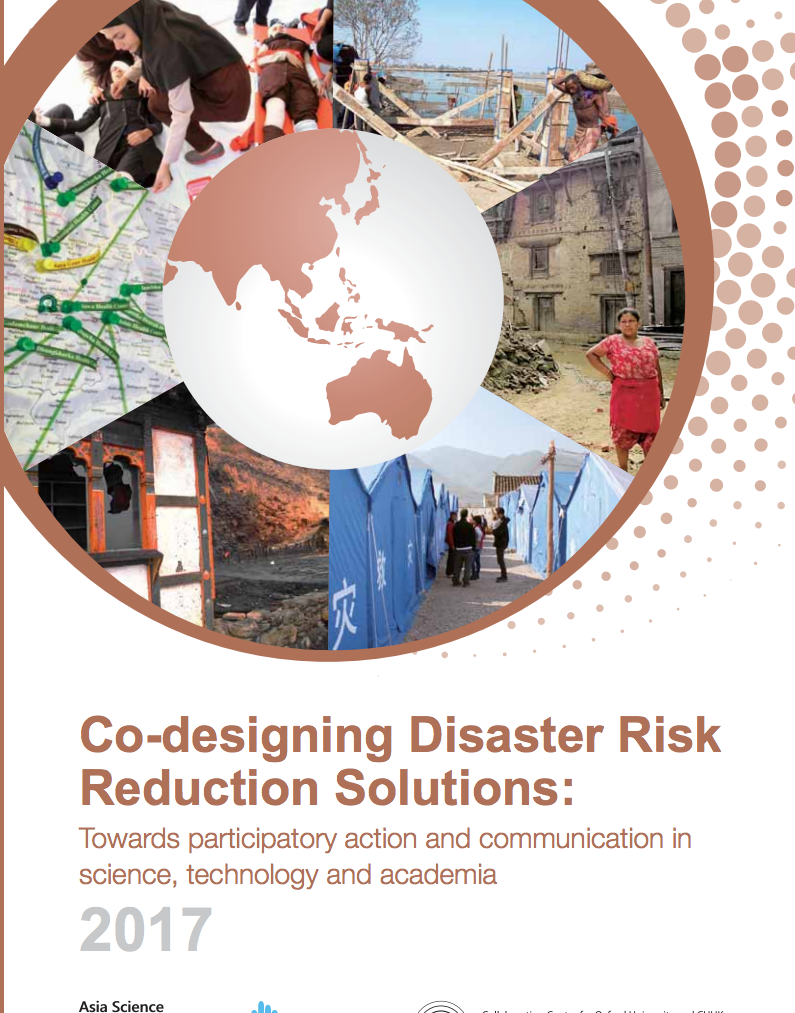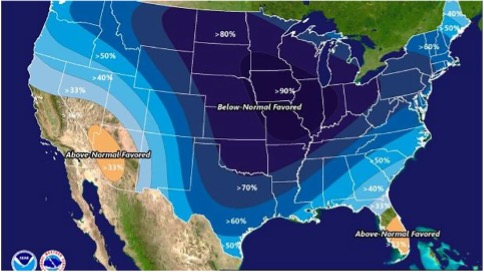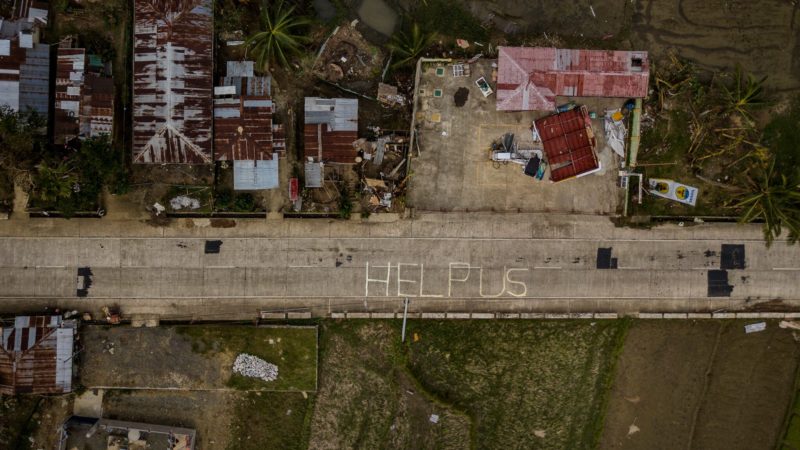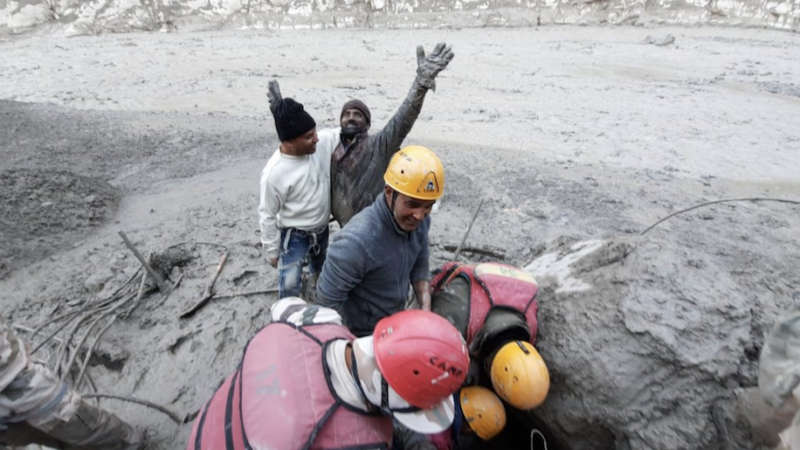May 12, 2017
Shaw R., Chan E., Lian F., Lu L., Shi P., Yang S., Chan G., Wong J.
Following the adoption of Sendai Framework for Disaster Risk Reduction 2015-2030 (SFDRR) by the UN Member states on March 2015, it becomes more important to consider how the science, technology and academic communities can adopt participatory approaches with communities, civil society and other stakeholders in realization and co-production of the DRR solutions. This work has already begun to be promoted in Asia by the formation of UNISDR Asia Science Technology and Academia Advisory Group (ASTAAG, May 2015) during forum such as the Asia Science Technology Conference on Disaster Risk Reduction (ASTCDRR, August 2016), Regional Innovation Forum (RIF, December 2016).
This publication consists of 40 diverse case studies regarding multi-stakeholder and participatory approaches in DRR, with particular focus on the science, technology and academia contributions. The case studies reflect all levels of DRR policy and practice, from a local through subnational, national and regional level. This publication is a modest attempt to illustrate how the science, technology and academic communities can and should be developing participatory strategies to generate more understanding about disaster risk, develop solutions and effectively communicate this information to a variety of stakeholders. We thankfully acknowledge to all who submitted case studies. A special thank goes to colleagues in IRDR IPO, CCOUC and ASTAAG Secretariat for their support to the publication. We hope that this publication would be a good reference document to understand co-designing disaster risk reduction resolutions and to share it with other disaster prone regions of the world.
Co-designing DRR Solutions eBook


